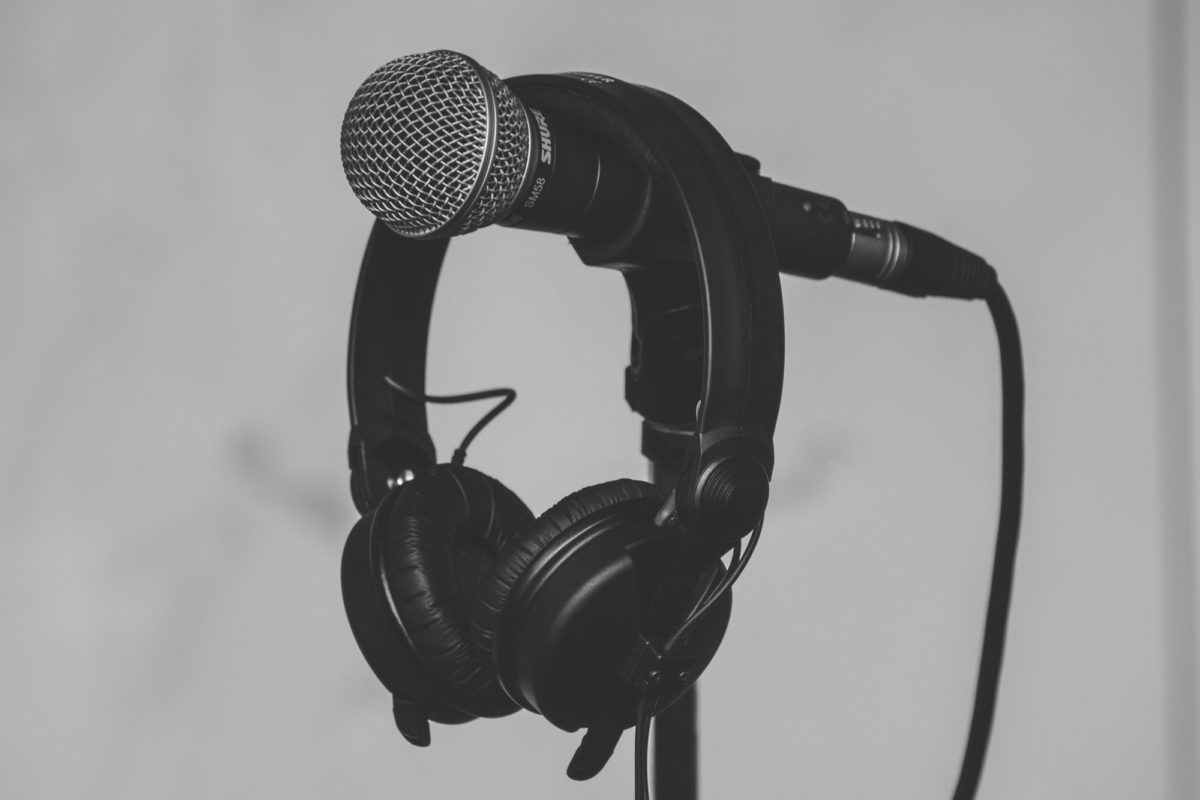Active listening is one of these skills that make communicating and connecting with others a lot easier.
When people want (or are told) to improve their communication style, they very often focus on being more diplomatic, more concise, less direct – everything related to how they express themselves (the outbound). How they listen (the inbound) is rarely under their radar. Yet you don’t communicate effectively, build strong relationships, and resolve conflict by talking your way out of it; you do it by listening attentively. Active listening is about listening for what the person actually says, rather than what you think they said. How do you do that? Follow the guide.
Before we dive into the topic, 3 obvious but essential tips
Be open-minded
Active listening goes hand in hand with open-mindedness. The former doesn’t happen without the latter. Before you work on your communication skills, you need to make sure you can listen in a genuine way. Are you judging people’s ideas and beliefs, or are you a “whatever floats your boat” kind of person? Do you accept that people have different opinions, or do you feel the need to convince them yours are the best? Active listening is not debating, so check your intentions first.
Don’t interrupt
I mean, this one really is obvious. But it’s not just about letting people finish what they want to say before you say something, it’s also not interrupting the silence the person uses to think and process information. We interrupt people every day unknowingly. Be mindful of that and think twice next time you want to finish someone else’s sentences.
Don’t make it about you
This is a big no-no. You can relate to what people say, but if your only answer is to talk about your own experience without being asked, you’re not doing active listening. Active listening is about the others, not about you. So instead of starting the sentence by “I”, ask questions.
Now the main tips
Make eye contact
It always starts with the body. You won’t be able to pay attention to what the person in front of you is saying if you do not look at them in the eye. It will make them at ease to talk to you, and it will make you “physically” focused on them. Once you have this external connection, the internal connection will happen and you will pay attention more quickly.
Look for key words and use them to ask questions
Once you are physically present, you can start the active listening part. In the conversation, the person in front of you will use key words that are crucial for you to notice and remember. This is where you don’t reply with a “me, myself and I” answer, but you either rephrase with their own words or ask a question.
- What words does the person keep using?
- Are these words different than the ones you would use?
- What do they mean to the person in front of you?
Keep your assumptions to yourself but listen for presuppositions
Remember that active listening is not about you, so whatever you feel or think has no place in the conversation unless you are asked to share them. Avoid “I know what you mean” – do you? What makes you say that? Did you ask what it meant to them? If not, don’t say that.
Assuming you understand what the person is saying without asking about it, and/or sharing it without being invited to do so, is something I would recommend you to be very aware of and to keep to yourself.
Instead, listen for presuppositions the person is making, the things they tacitly assume or take for granted. Here are 4 of the main presuppositions people frequently do:
- Modal operators of necessity (should, must, have to) and possibility (can, could, will, would)
- Example: “I should work out more”
- What you can do: ask questions around why the person feels like they should do something
- Meaning: when A = B (to mean)
- Example: “she is going to take a vacation, which means I am going to have more work”
- What you can do: explore with the other person what other meanings it could have
- Ordinal: numeric order or list (firstly, secondly, etc.)
- Example: “firstly I take the bus, secondly I walk to the office”
- What you can do: speak in list like the person in front of you
- Cause – Effect: because, in order to, as a result, if… then
- Example: “he got a promotion because he is a friend of the manager”
- What you can do: ask questions around how they know that and explore other possibilities
If you listen for the key words they use, identify these common presuppositions, and listen for repetition, you will have plenty of things to ask the person about.
Practice mindfully everyday
If you’ve read my other articles, you should know that I very often finish with this tip. Practice makes perfect. You can start by listening to key words and presuppositions of people talking on the radio or TV. In conversations, you might find yourself checking in more on your active listening skills than on the other person at first. It’s okay! It will come more and more naturally as you get familiar with it. You’ll see people coming to you more, opening up to you. They will feel listened to, not just heard, which everyone craves for but very few can actually do.
Bonus question: how many presuppositions did I do in the last paragraph? 😉

